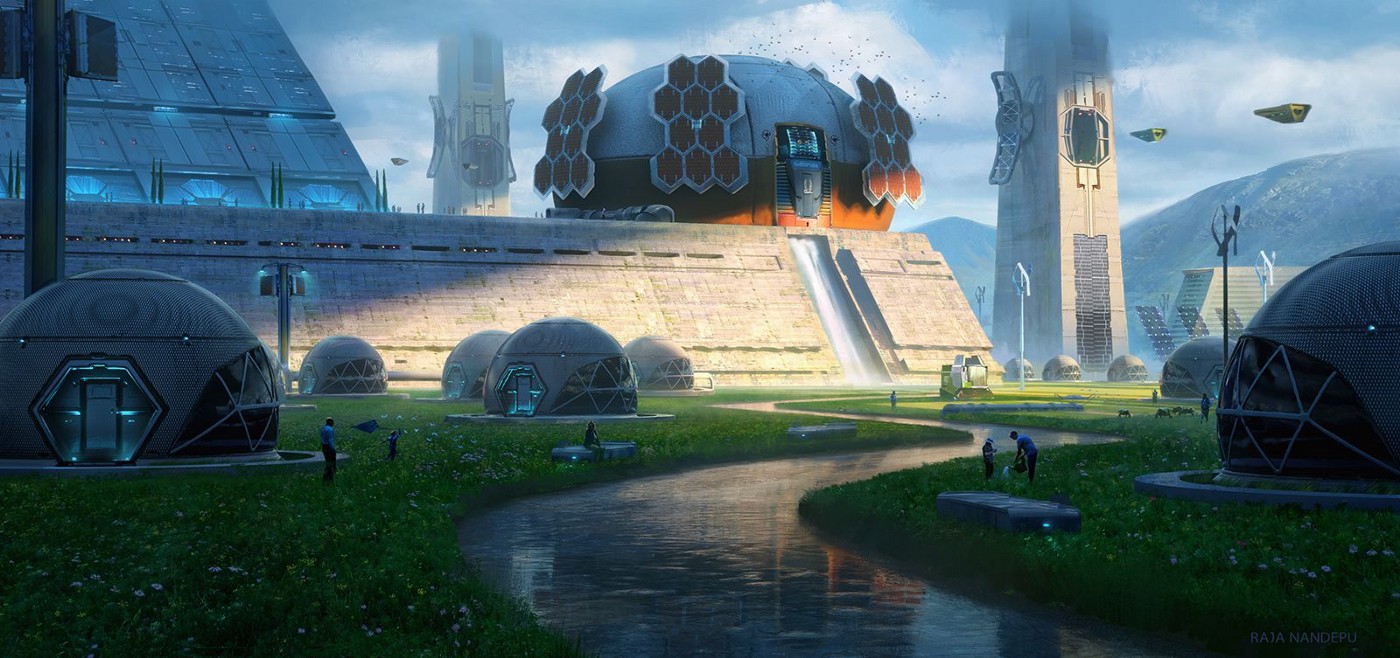This tutorial will walk you through the steps to use Algovera token-gated apps on HuggingFace. All of our apps use the Ocean Protocol Python library in the backend. For more information on the benefits of token-gated assets and the benefits of integrating HuggingFace and Ocean Protocol, check out our blog post.
Update and Next Steps for Algovera Squads

Recently, we announced the launch of Algovera Grants to fund projects that combine AI and Web3.
Grant Recipients for Algovera Grants R1
Announcing Algovera’s Partnership with nCight to develop a medical image classification algorithm

Algovera’s Mission
The mission of Algovera is to empower data scientists to work independently outside of centralised tech companies. We think this is preferable to the current status quo for two main reasons.
Using the Ocean Marketplace with HuggingFace Apps, Algorithms and Datasets
HuggingFace is an online community of data scientists with a mission of making it as easy as possible to to train, optimize, and deploy models. HuggingFace Hub aims to provide a central place for collecting models, datasets and metrics. The model hub offers thousands of pretrained models to perform tasks on different modalities such as text, vision, and audio. HuggingFace Spaces provides a simple way for data scientists and organisations to demonstrate machine learning apps. It provides access to cloud compute and accelerated deployment.
Introducing Algovera AI x Web3 Grants
TLDR: $5000 total budget for grants. Maximum of $1000 for each team. $1000 earmarked for underrepresented groups. Proposals open on January 1st at 12:01 am GMT. Proposals deadline on January 16th at 23:59 GMT.

“Look around. It’s hard to believe the Algovera Grants Program built this.” — Anon, 2031
Introduction
Hi, we’re Algovera. We envision a world where independent AI developers have the freedom to work on projects that they’re passionate about. These AI developers would keep ownership of their ideas and inventions, receive rewards based on their contributions and acquire passive income based on the value generated by their creations. With this in mind, we are launching the Algovera grants program for projects that combine AI and Web3. For the first round, $5000 worth of grants are on offer with $1000 earmarked for underrepresented groups. Initially, the maximum grant for each individual project is $1000 (e.g. to fund one month of part-time work).
Unlocking more value for NFT enthusiasts by bringing access to generative art algorithms on-chain
Many artists in Web3 use generative machine learning models to create digital art to sell as NFTs. This often involves re-training a model on a dataset collected by the artist, and publishing the output images on an NFT marketplace. Experimenting with newly-collated datasets and training procedures is time-consuming and expensive, meaning that artists are highly protective of these assets. However, recent private AI and decentralized marketplace (e.g. Ocean Protocol) technologies may enable artists to monetize their datasets and models while maintaining control and privacy. This has the added advantage of unlocking more value for artists and NFT enthusiasts through tokens, liquidity pools and staking.
Onboarding AI Startups from Web2 to Web3
The community of AI startups in Ireland is one that we’re very close with, from our time of working on our own startup developing machine learning (ML) algorithms for motion analysis in physiotherapy applications. During our experience in the space, we have spoken to and developed relationships with a large network of other startups that are developing ML and computer vision technology. Like our own previous venture, these startups follow Web2 practices. In a previous blog post, the benefits that Web3 technologies can offer in the development of AI algorithms for our use case were explored, along with our development efforts in this direction.

